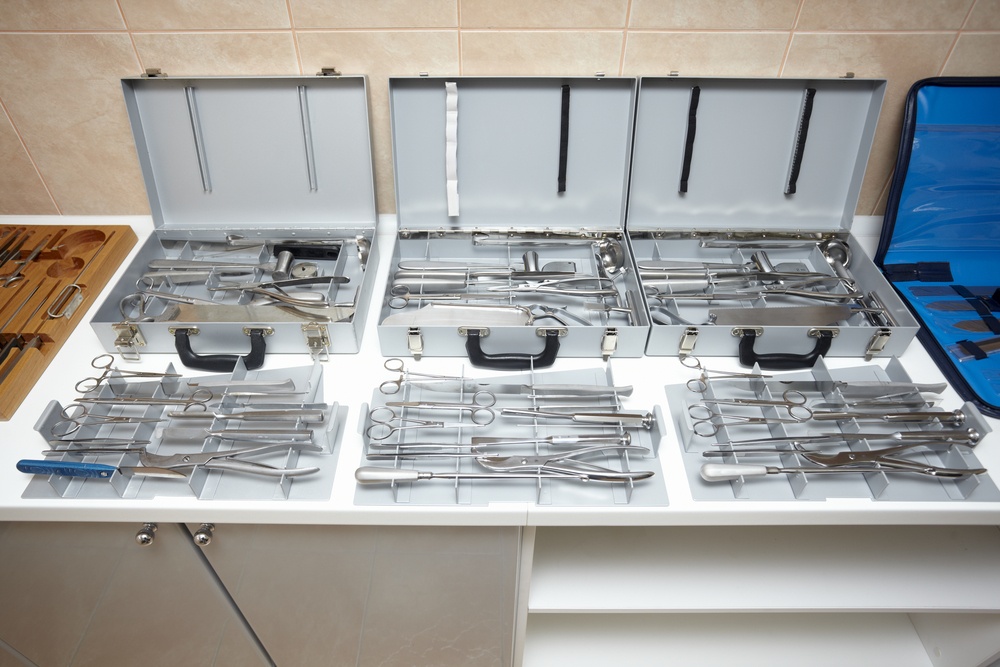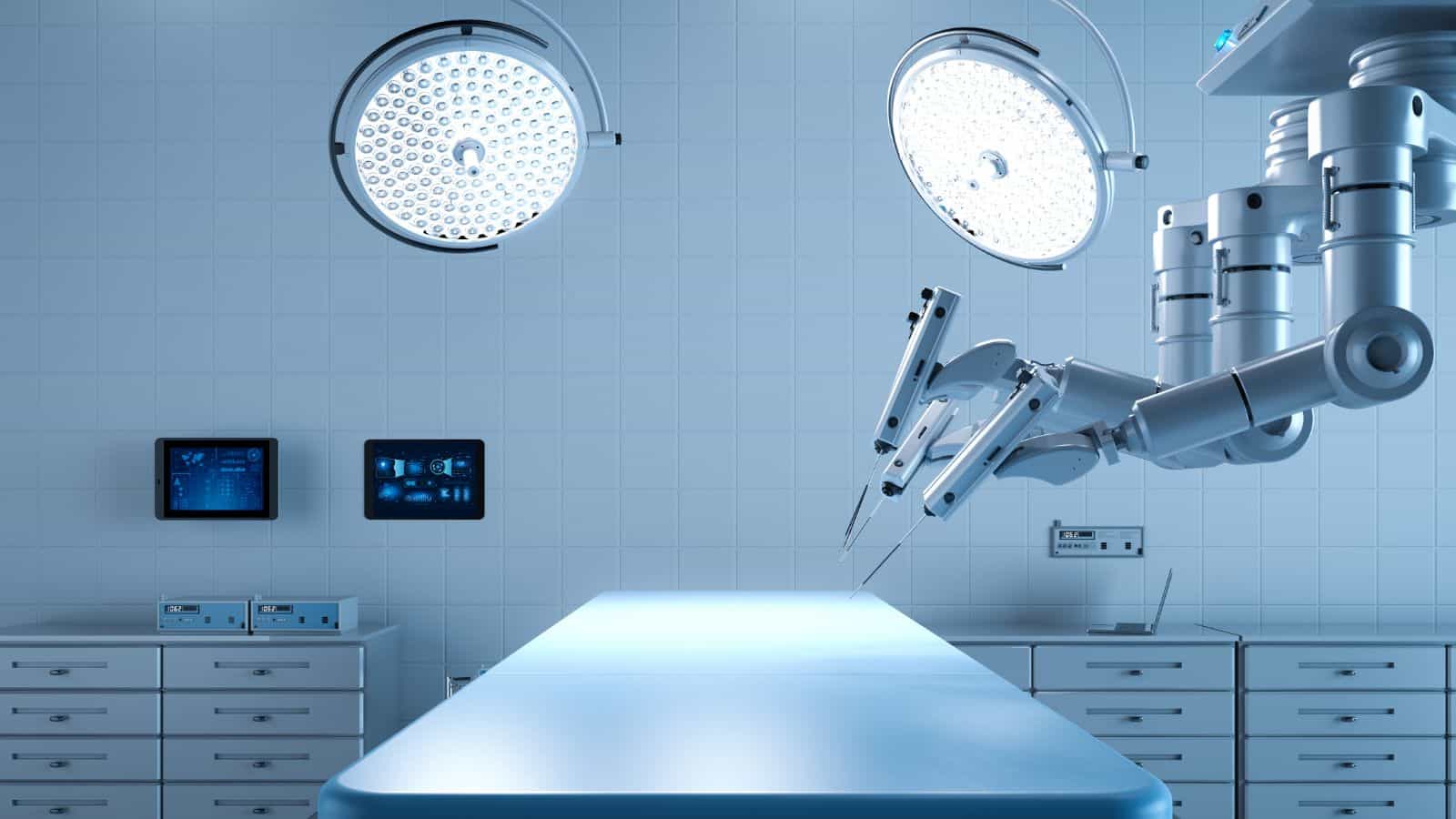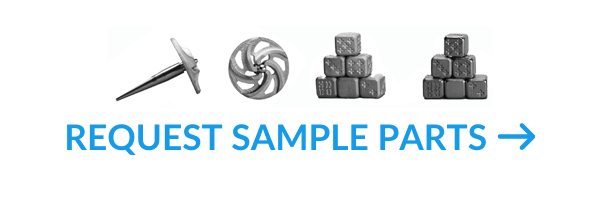 Few categories of manufactured goods are as well-suited to 3D printing’s strength as surgical devices. The coming years will prove that clearly.
Few categories of manufactured goods are as well-suited to 3D printing’s strength as surgical devices. The coming years will prove that clearly.
The swift and continuous improvement of 3D printing systems over the past few years has brought the technology into the mainstream like never before. Technical improvements in printers themselves and growing public awareness have fed off one another to facilitate rising adoption rates across all sectors. As more industries recognize the potential of additive manufacturing to redefine their processes, 3D printing’s share of the total manufacturing market should continue to swell. Still—and this applies particularly to metal AM—the technique is a better fit for some applications than others.
One such use category is the production of surgical instruments. While metal 3D printing has already enabled significant innovation in this space, its full potential has only begun to be unlocked. As we move into 2019 and beyond, it’s safe to expect this exciting manufacturing technology will continue to push the bounds of what’s possible in surgical device manufacturing.
What Metal AM is… and what it is not
3D printing is moving in a positive direction on several fronts. Many new entrants of powder suppliers and powder production technologies is driving down the cost of raw materials, namely metal powders. New, higher-throughput methodologies are being refined to allow components to be produced at larger scale, which in turn tends to drive down unit costs. Print quality and accuracy, with new technologies like Intelligent Layering® from 3DEO, are improving rapidly shrinking the gap that has traditionally existed between AM and methods like metal injection molding in this area.
Still, additive manufacturing is not—and will likely never be—a panacea. Particularly in applications involving high quantities of large and/or simple parts, metal AM is often more expensive than traditional fabrication options. Each manufacturing situation should be evaluated on a case-by-case basis, and manufacturers should turn to AM when certain criteria are met.
Because tooling and setup are often limited to the upload of a CAD file, intricate components tend to make more sense for 3D printing. It’s also straightforward to make slight modifications to a design, given that the only changes are digital rather than physical. This makes 3D printing an attractive solution for producing custom parts. In addition, low-to-medium volume runs of small, complicated parts are where metal AM really shines.
3D-printed surgical devices
This need for custom parts in low volumes is starting to apply to more and more surgical instruments. 3D printing has been able to improve the tools surgeons have at their disposal in several recent instances.
Consider the world of surgical graspers, also known as claws. These devices have to check a number of important boxes. First, they have to be small enough for internal human use. Next, they have to be perfectly functional in allowing the surgeon to grab whatever needs grabbing—no small feat for something so tiny. Finally, they have to be made of materials that are safe for use in all sorts of human applications. 3D printing has made these devices much easier to produce, sure, but has also delivered functional improvements.
Perhaps the most famous (and meaningful) case in which 3D printing has revolutionized a surgery involved a procedure known as keyhole heart surgery. Open heart surgeons knew their jobs would be easier and their operations would be safer if they could come up with a tool that could be broken down and passed through a minuscule incision in the heart. The instrument’s function involves holding a small subsection of the heart still while the doctor operates while letting the majority go on beating.
In a period of three months, and for a total development cost of under $20,000, a partnership between a British heart surgeon and a 3D printing organization yielded a totally safe and effective new device. Made of stainless steel, the instrument delivered improvement in 90 days that could have taken a decade with traditional methods of prototyping. Stories like this will become much more common in the future, as additive manufacturing technologies become more available and advantages of 3D printing for surgical devices become more widely recognized.
Where the metal AM market is headed
Barriers to widespread adoption of metal AM still exist. Establishing internal metal AM capabilities, for example, can take years and cost millions of dollars. For this reason, many product developers are outsourcing production to metal 3D printing service bureaus like 3DEO with its patented low-cost metal AM technology.
The barriers to entry are real and challenging. Despite this, the writing is on the wall: metal AM is growing at 25-30% per year.
As the size of the opportunity grows, more entrants into the materials space will continue to drive down raw input costs on 3D printed metal parts. Further, larger and faster production machines will be able to churn out components at increasing rates. Automation will also drive time and cost out of the printing process. The result of these tailwinds will be a faster pace of product development and innovation, especially when compared to traditional manufacturing technologies like CNC machining and metal injection molding. This is especially true in high-value industries like medtech and aerospace.
For companies that see a clear place for metal AM in their processes but don’t want to commit the time and money, outsourcing production to a service bureau is always an option. Outfits like 3DEO in Los Angeles can guide organizations through the full development process from prototyping to production. If you’re working on a new design for a surgical instrument, check out this article on how to navigate the regulatory environment governing a 3D-printed product rollout.



